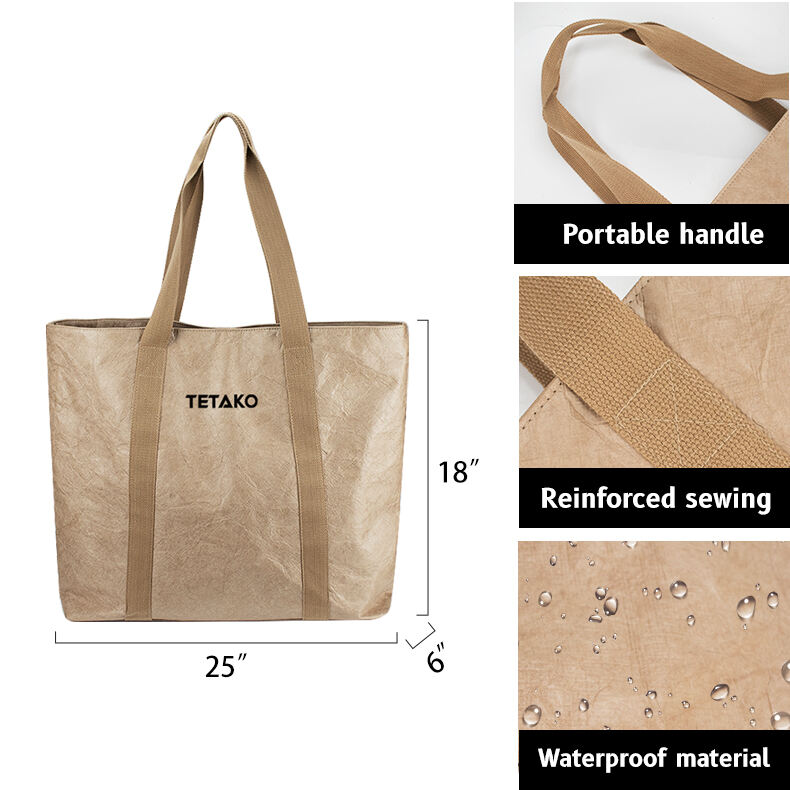The Evolution of Fashionable Handbags and Cosmetic Bags
Handbags have been a part of human history for centuries, evolving from simple pouches to complex fashion statements. Historically, handbags were used for carrying coins as far back as the 14th century, with their design and materials often symbolizing social status and personal identity. Their importance grew over time, eventually leading to the diverse range of designs we see today, each catering to both practical needs and aesthetic preferences.
Cosmetic bags, initially designed for utility, have transformed into must-have accessories that combine functionality with style. Initially serving the purely practical purpose of organizing makeup essentials, cosmetic bags have now evolved to reflect the changing perceptions around beauty and personal grooming. Their designs have become more varied, often matching the trends seen in full-sized handbags, ensuring that they serve both practical and fashion-forward roles.
Current market trends show a strong shift towards multifunctional designs that cater to both fashion and practicality in the handbag and cosmetic bag markets. These developments are driven by consumer demand for items that fulfill multiple roles and prioritize sustainability and ethical sourcing. More customers are seeking bags that not only serve their functional needs but also align with their values concerning environmental and ethical practices.
Innovative Approaches in Design and Functionality
Sustainability has become a key focus in the design of handbags and cosmetic bags, with many companies now using eco-friendly materials like recycled plastics and organic cotton. This shift towards sustainability not only caters to environmentally conscious consumers but also addresses global concerns about environmental impact and resource conservation. Additionally, these materials do not compromise on durability or aesthetics, making them an attractive option for eco-conscious shoppers.
Cosmetic bags have taken a leap forward in incorporating smart features, enhancing both convenience and functionality. Modern innovations include integrated phone chargers, LED lights tailored for makeup application, and intelligent compartments that provide organizational efficiency. Such advancements exemplify how technology can transform everyday items into multifaceted accessories that streamline daily routines while offering style and practicality.
In response to the growing demand for versatility and personalization, the handbag industry has also embraced modular designs. These innovative approaches allow consumers to customize their bags according to the occasion and their personal style. This ability to personalize and adapt accessories is a clear reflection of industry trends geared towards meeting the ever-evolving preferences of today's consumers. Such designs not only provide functional flexibility but also offer fashion-forward individuals new ways to express their unique identities.
Different Types of Handbags: Exploring Versatility
The versatility of modern handbags is redefining functionality in fashion, providing consumers with stylish solutions catered to their needs. Towable handbags are emerging as a popular choice due to their blend of style and convenience, offering an ideal solution for those who prioritize mobility without compromising on elegance. These bags are perfect for individuals who are always on the go, ensuring everything they need is just a roll away.
Moreover, tote bags and waist bags are at the forefront of functional fashion. For active individuals who need practicality without sacrificing style, the versatility of these bags is unmatched. Tote bags provide ample space for daily essentials, making them suitable for work or casual outings. Waist bags, meanwhile, offer hands-free convenience and quick access to personal items, making them a favorite for those who enjoy outdoor activities or require easy travel.
Lastly, the rising popularity of diaper and cosmetic bags highlights their ability to merge practicality with aesthetic appeal. Modern diaper bags no longer sacrifice style for function; they cater to the fashion-forward parent who needs a bag that serves daily childcare needs while looking chic. Similarly, cosmetic bags are not only about storage but also about showcasing one's personal style, appealing to beauty enthusiasts who value both utility and elegance in their accessories. These examples reflect the growing demand for bags that transcend traditional uses, marrying fashion with efficient design to fit diverse lifestyles.
The Role of Customization in Fashionable Bags
Customization in handbags is increasingly popular as consumers seek individuality through unique designs that reflect their personal styles, expressiveness, and values. Brands have taken note of this trend, introducing a variety of customizable options that allow buyers to tailor bags to their tastes. This shift towards personalized fashion underscores a broader cultural movement where consumers desire products that communicate their personal narratives.
Custom makeup bags have become particular fashion statements, often featuring brand logos and personalized inscriptions that enhance their allure. These bags offer both functionality and style, serving as both a practical accessory and a means of personal expression. As personalized fashion items, makeup bags reveal the consumer's personality while remaining a staple in everyday utility.
The rising demand for uniqueness has encouraged brands to innovate, leading to a booming market for customized bags. This trend fosters a strong sense of ownership and connection between the consumer and the product. As brands continue to offer more personalized options, this encourages consumers to express their distinct identities and develop a deeper bond with their handbags. This innovation in design caters to those seeking more than mere functionality from their accessories.
Innovative Approaches to Sustainability
Eco-friendly materials, such as vegan leather and organic textiles, are transforming the handbag industry. Brands are increasingly adopting sustainable alternatives to traditional leather, which is prompting a shift in production practices. This transition is crucial as it aligns with consumer demands for ethical and sustainable fashion choices that do not compromise on style or quality. Materials like vegan leather offer durability and aesthetic appeal, presenting a viable alternative for those conscious of animal welfare and environmental impact.
The rise of recyclable bags made from post-consumer materials is another sustainable trend gaining momentum. By repurposing waste into new, fashionable bags, brands are not only reducing landfill contributions but also appealing to eco-conscious consumers who prefer products with a lower environmental footprint. This cradle-to-cradle approach ensures that products can return to the ecosystem without harming it, thus supporting a more circular economy.
Leading brands are integrating sustainability deeply into their practices by ensuring transparency in their supply chains and offering eco-friendly designs. According to Sandra Capponi, co-founder of Good On You, consumers are now more empowered to make informed, ethical purchases. Brands that embrace these practices resonate strongly with today’s consumers, who prioritize environmental and social responsibility in their purchasing decisions. By showcasing eco-conscious designs, these brands are not only setting industry trends but also influencing the broader market towards more sustainable practices.
The Future of Fashionable Handbags and Cosmetic Bags
The future of fashionable handbags and cosmetic bags is being shaped by technological innovations, such as augmented reality (AR) applications for virtual try-ons and the integration of smart technology with everyday devices. These advancements are providing consumers with a more interactive shopping experience and introducing handy features like mobile charging and location tracking. As technology continues to evolve, it promises to further enhance the functionality and appeal of accessories, making them not only stylish but also indispensable for modern living.
Emerging trends in handbag styles are focusing on practicality combined with cutting-edge designs. This shift signifies a movement towards accessories that address real-life issues while still catering to fashion-forward sensibilities. For instance, designers are incorporating modular compartments and convertible features that allow a single bag to transform for various occasions, from tote bags for shopping trips to elegant purse designs for evenings out. This practical approach ensures that style does not come at the expense of utility, appealing to a broad range of consumer needs.
Consumer preferences are heavily influencing the handbag and cosmetic bag markets, with a notable trend towards products that combine style with sustainability. Insights from surveys indicate a growing demand for eco-friendly options, pushing brands to embrace sustainable materials and ethical practices. By aligning with these consumer values, brands are innovating to create bags that are not only fashion statements but also reflect a commitment to environmental responsibility, thereby setting a new standard within the industry.

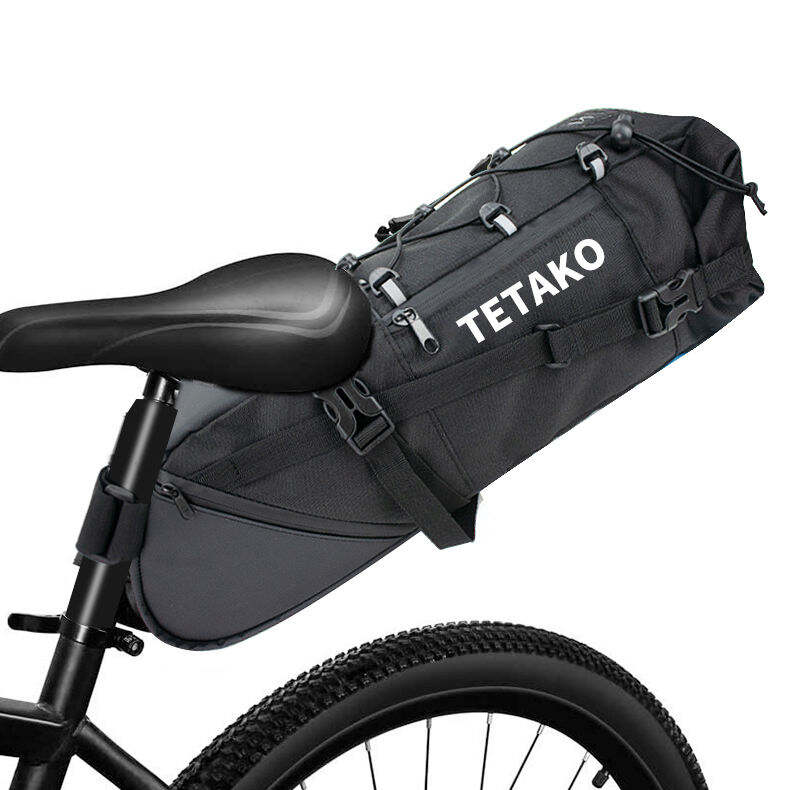
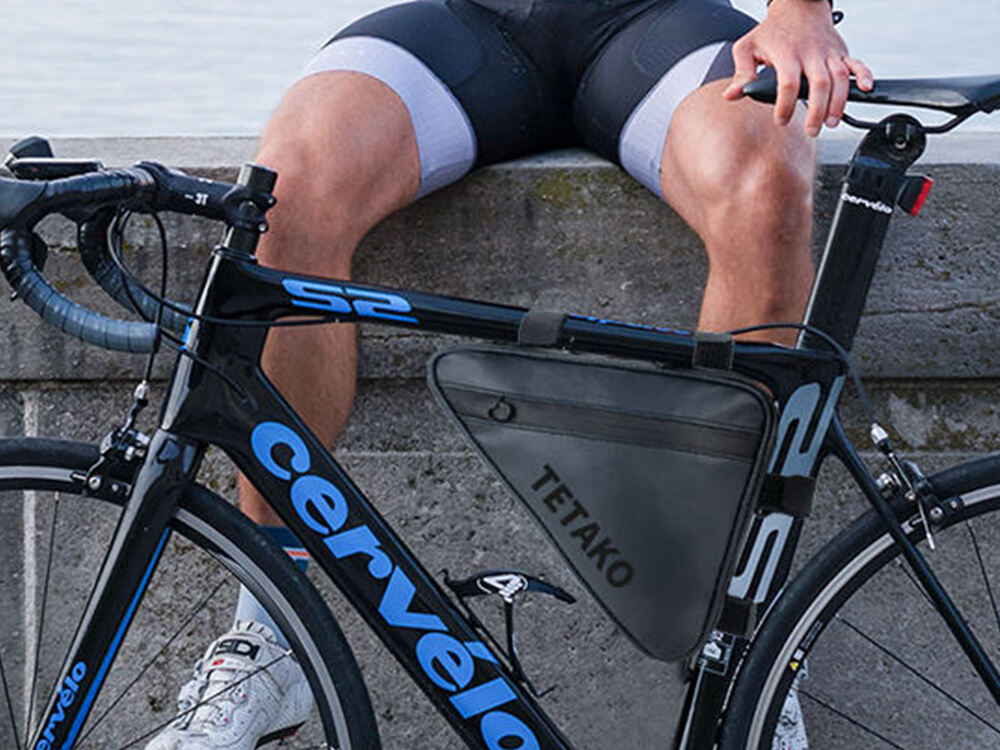
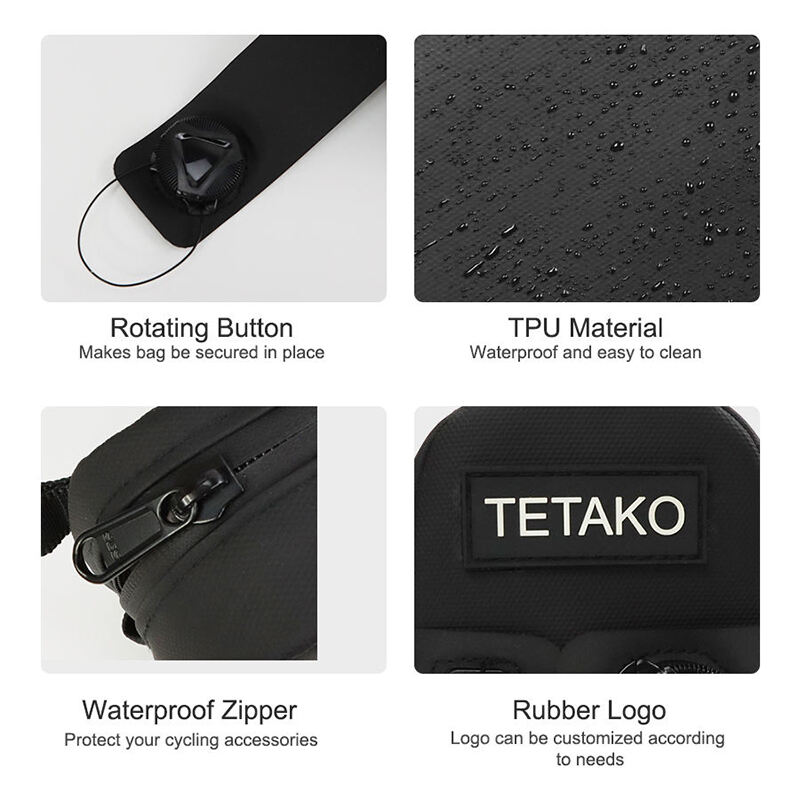
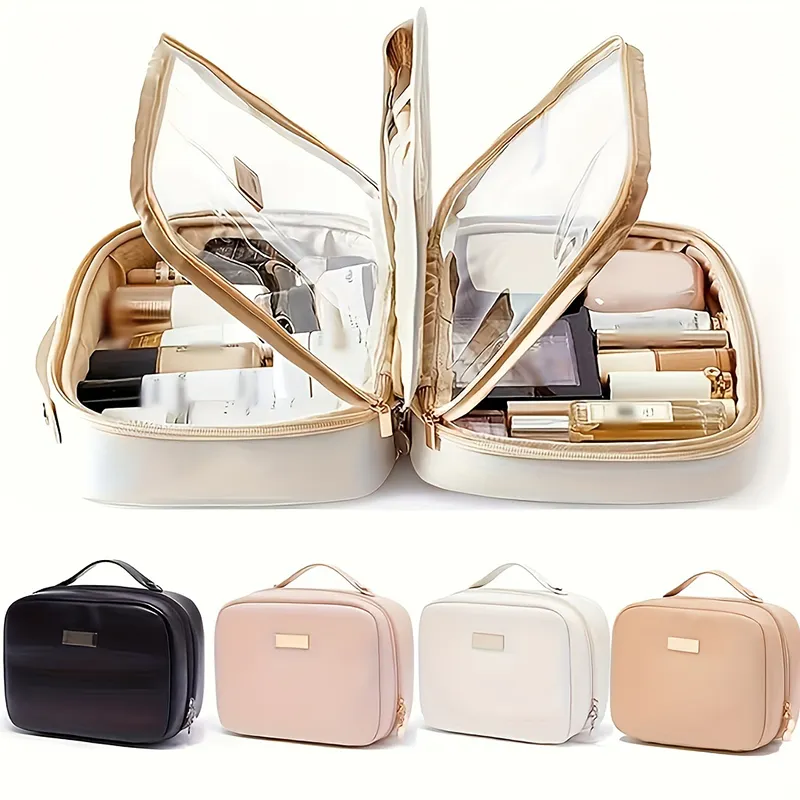
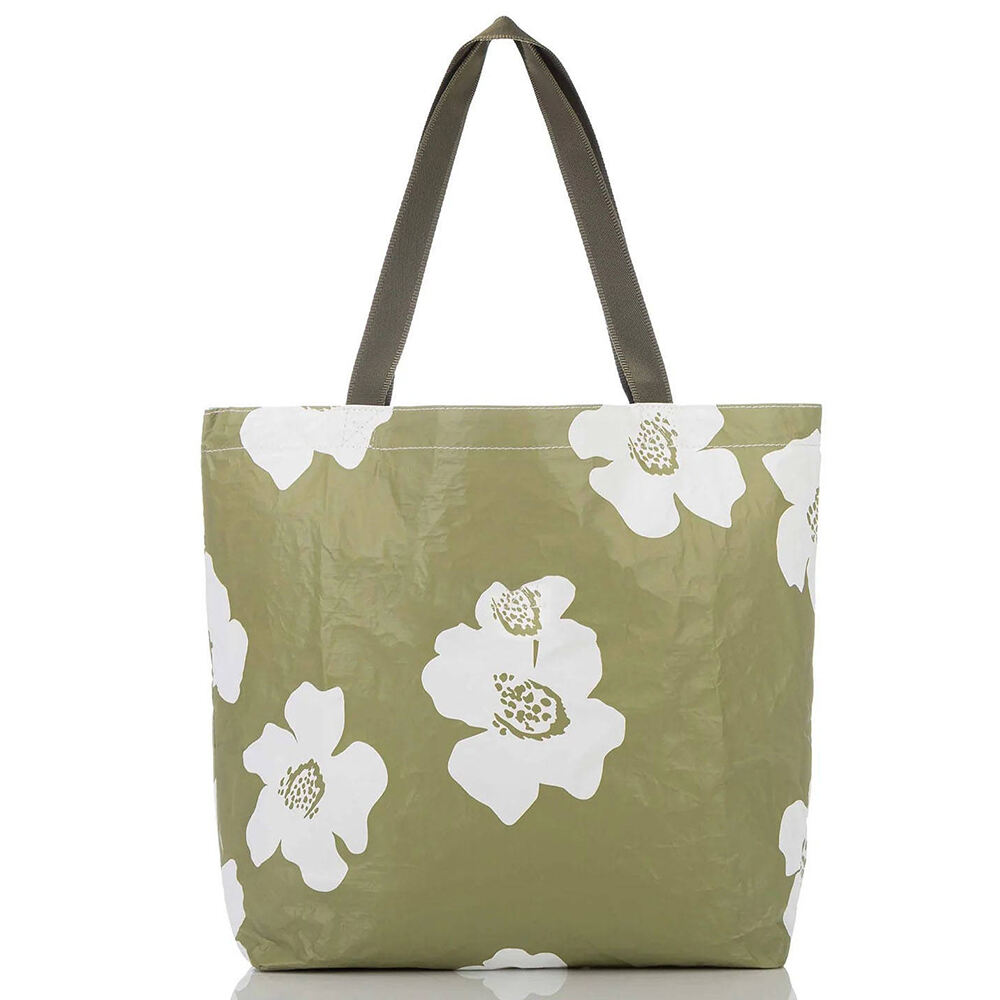

 Hot News
Hot News